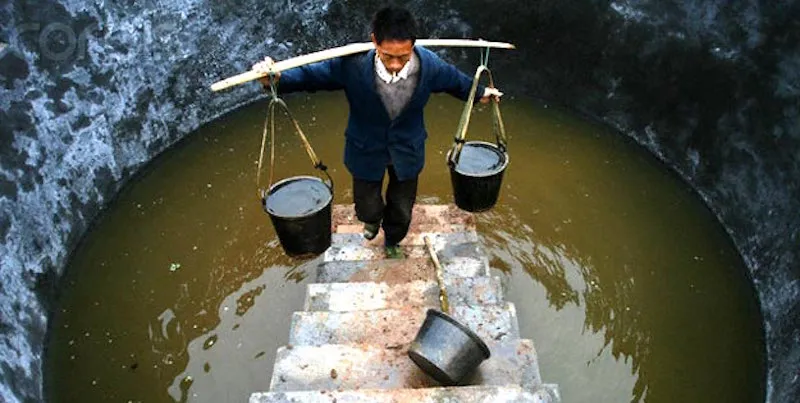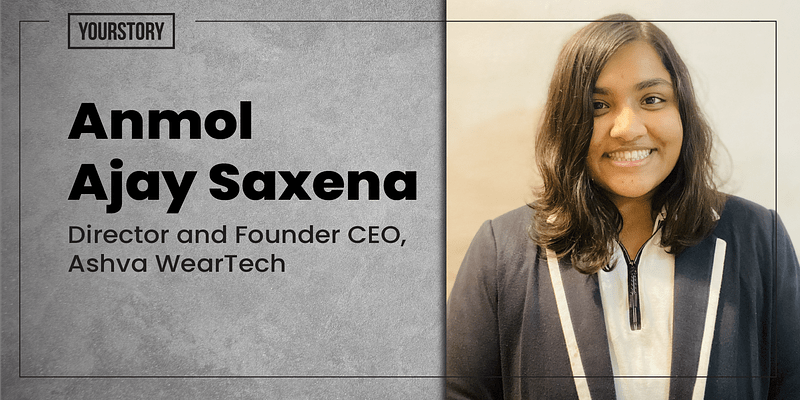Why Bengaluru needs to wake up to underground rainwater harvesting
This Times Of India report is an eye-opener on how underground rainwater harvesting has become a must. An effective way to tackle water scarcity, Vijay Kedia from BITS Pilani and a resident of Aurangabad said that the only solution to water scarcity is to store rainwater underground. Vijay was making a presentation to the R A Mashelkar Committee on innovative technologies for water and sanitation in New Delhi last Thursday. His presentation was on drinking water security in villages through the Kedia Farm Pattern (KFP). There is a lesson here for the city of Bengaluru and larger rural Karnataka.

Over 25 experts from the fields of innovative technologies for water and sanitation were invited by the Union ministry of drinking water and sanitation to share their expertise. Vijay said, “We have to accept that above-ground water conservation has failed and time has come to adopt underground rain water harvesting (RWH) for water security.”
Citing Maharashtra as an example, Vijay said, “Rainwater harvesting can save 80% rainwater in the ground and increase soil moisture at a one-time investment of Rs 80,000 per hectare. In the past four years, the government has spent about Rs 18,000 crore to tackle drought in Maharashtra. With the same amount, underground rainwater harvesting can achieve permanent drought proofing of 25 lakh hectare agriculture land. It will also increase well water and groundwater levels.” Vijay has installed more than 1,400 underground RWH structures in 12 states, which annually harvests more than 850 crore litres of rainwater.

Kedia Farm Pattern
- A village of 1,000 population needs 1.5 crore litre water annually at the rate of 40 litre/person/day
- If underground rainwater harvesting project is implemented in 30 hectare or more land near community well (for making series of structures) it can create harvesting capacity of 15 crore litres
- One-time investment: Rs 24 lakh, excluding contingency/overheads by government or other agencies
Benefits of recharging the earth
- Water security round the year and permanent solution to drought
- Soil moisture retained in top 2 to 10 feet and provides natural irrigation to crops
- Increases pure and filtered drinking water in wells
- Ample rainwater harvesting dilutes total dissolved solids of groundwater
- Low one-time investment
- No permanent land submergence
- Eco-friendly solution for villages and farms
SocialStory has launched a campaign to help us come together and save the city from dying. Bring out those mobile phones and laptops and share with us the problems you see and start participating with those who are working for change. Write to us at [email protected] with what you think you can do more to save the city, and we will share it with our audience.










![[Funding alert] Edtech startup Vedantu raises $12.56M from Legend Cap, Ohana Holding](https://images.yourstory.com/cs/2/b87effd0-6a66-11e9-ad33-3f8a4777438f/Imagedsk31567099489336.jpg)
